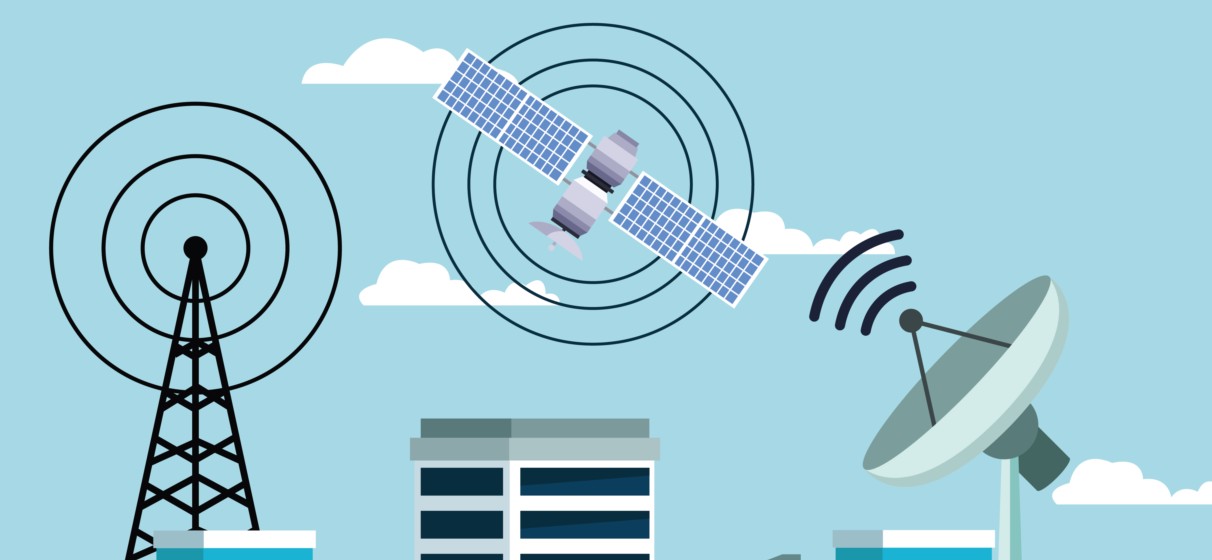How Electronic Warfare (EW) Works

How Electronic Warfare (EW) Functions
Electronic Warfare (EW) encompasses a range of technologies, methods, and actions aimed at exploiting the electromagnetic spectrum to gain an advantage over adversaries in modern military operations. It plays a pivotal role in 21st-century conflicts, impacting communication, navigation, intelligence, and command systems. In this article, we’ll break down how EW operates, its core principles, and its areas of application.
What is Electronic Warfare?
EW refers to a set of measures designed to detect, suppress, or deceive an adversary’s radio-electronic systems (such as radars, communication networks, drones, etc.) while protecting one’s own systems from similar interference. Its primary goal is to dominate the electromagnetic environment, disrupting enemy operations and ensuring the seamless functioning of friendly forces.
EW is divided into three main domains:
- Electronic Intelligence (ELINT): Gathering data on an adversary’s electromagnetic emissions.
- Electronic Countermeasures (ECM): Generating interference to disrupt enemy systems.
- Electronic Counter-Countermeasures (ECCM): Protecting one’s own systems from enemy EW efforts.
How Does EW Work?
Electronic Warfare operates by manipulating electromagnetic waves, which underpin most modern technologies—from radios to satellite navigation. Here are the key stages of its operation:
1. Signal Detection (ELINT)
The first step is identifying the enemy’s emission sources. Specialized equipment, such as antennas and receivers, scans the frequency spectrum to detect signals from radars, drones, radios, or GPS navigation. For example, a system might pinpoint the frequency a hostile drone operates on and estimate its location using triangulation.
2. Signal Analysis and Classification
Once signals are detected, the EW system analyzes them to determine their nature—whether they represent communication between a drone and its operator or a radar signal from air defense systems. Modern EW setups leverage artificial intelligence for rapid data processing and identification of enemy equipment types.
3. Suppression or Deception (ECM)
After identifying the signal, EW can take action:
- Generate Interference: A powerful noise signal on the same frequency overwhelms the communication channel, rendering it unusable. For instance, a hostile drone might lose contact with its operator and become uncontrollable.
- Spoof the Signal: The system can transmit fake data, such as sending false GPS coordinates to a drone, causing it to veer off course.
- Blind Radars: Random or chaotic signals confuse enemy detection systems. Example: EW systems like Russia’s “Krasukha” or Ukrainian trench-based EW units can jam frequencies like 2.4 GHz and 5.8 GHz, used by FPV drones, disrupting their control.
4. Protecting Own Systems (ECCM)
To counter enemy EW, techniques like signal encryption, frequency hopping, or backup communication channels are employed. For instance, modern military radios automatically switch frequencies if the primary channel is jammed.
Core EW Technologies
- Jammers: Generate powerful electromagnetic waves to block signals.
- Directional Antennas: Focus interference on specific targets rather than blanketing an entire area.
- Software-Hardware Complexes: Analyze signals in real-time and adapt to enemy frequency changes.
- Mobile Systems: Such as EW “domes” that shield vehicles or positions from drones.
Types of EW
- Strategic: Operates over long distances (hundreds of kilometers), suppressing communication and radars across entire regions (e.g., “Murmansk-BN”).
- Tactical: Compact systems for localized use, like anti-drone rifles or trench EW units.
- Personal: Backpack-sized devices for small units, protecting against FPV drones at 100–300 meters.
Application Examples
- War in Ukraine: EW is widely used to counter kamikaze drones like “Shahed” and FPV drones. Ukrainian innovations, such as “Kulybaba” or “Stryzh,” jam enemy UAV signals, causing them to crash or return to base.
- Historical Context: During the Russo-Japanese War of 1904, Russian radio stations interfered with Japanese ships, disrupting their coordination.
Advantages and Limitations
Advantages:
- Rapidly disables enemy systems without direct contact.
- Can operate autonomously or as part of broader combat systems.
- Flexible in countering diverse threats, from drones to missiles.
Limitations:
- Energy Intensity: Powerful systems require significant resources.
- Limited Range: Compact models have restricted coverage.
- Vulnerability to Countermeasures: Adversaries can adapt by changing frequencies or communication methods.
Conclusion
Electronic Warfare is a high-tech weapon reshaping modern conflicts. It not only neutralizes threats but also safeguards friendly forces in wars where information and connectivity are decisive. With each passing year, EW grows more intelligent and accessible, becoming an indispensable part of defense strategies. Whether it’s shielding against drones on the frontline or suppressing enemy radars at a strategic level, EW remains the key to mastering the electromagnetic battlefield.









